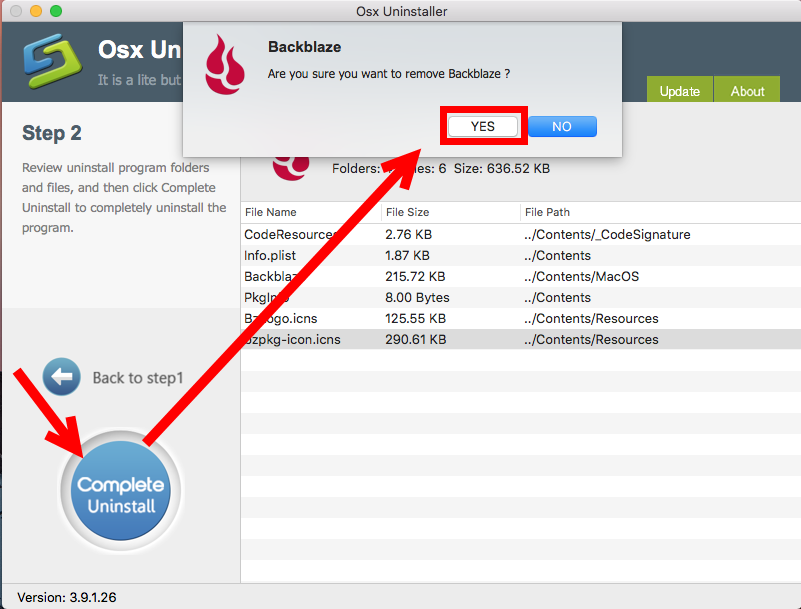
By contrast, full backup systems save anything you deem important – wherever it happens to be stored on your Mac.

Dropbox, meanwhile, syncs only what is placed in the Dropbox folder. Optionally, you can also sync your Desktop and Documents folders to iCloud, and you might store photos there as well, via Apple’s Photos app. ICloud Drive, for example, holds data specifically saved to it via macOS and iOS apps. But they are not backup services, and they generally only house a relatively small subset of your data. Apple’s iCloud Drive – and similar services like Dropbox and Google Drive – sync data between devices, keeping copies of your documents in the cloud.

Cloud backups explainedĭo not conflate cloud storage and cloud backup. To fully protect your data, you should also backup to the cloud. After all, if a computer is stolen, drives attached to it will probably be stolen as well and fires aren’t terribly selective about what they burn. We have an article comparing the two backup tools: Personal Backup and Time Machine.īut whichever local backup system(s) you use, it’s not enough. Intego’s Personal Backup – part of the Mac Premium Bundle – takes things further, enabling you to clone a drive so you have a bootable backup, make selective backups, and gain more control over scheduling. Time Machine is built into every Mac – just plug in an external hard drive ($50 will buy a small, almost silent, portable 1TB one), confirm when macOS asks if you want to use it for Time Machine, and your data will start getting backed up. It pays to be prepared.Īpple makes it easy to safeguard your data. From cherished photos of your children to essential work documents, any digital information can abruptly vanish in the event of hardware failure or theft.

Any data that you don’t have multiple copies of is vulnerable to loss or corruption. How To How and why you should backup Macs to the cloudīacking up your Mac is vital.


 0 kommentar(er)
0 kommentar(er)
